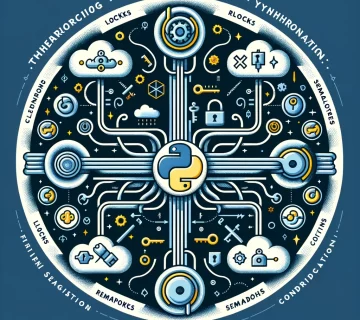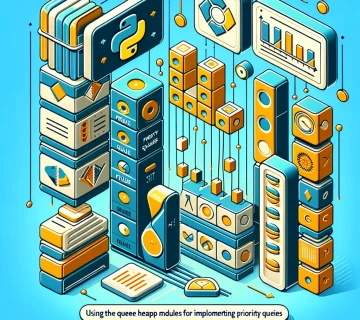Python: A Versatile Language in the Programming World
In the diverse ecosystem of programming languages, Python has emerged as one of the most popular and versatile choices. Its simplicity, readability, and vast range of applications make it a go-to language for beginners and experts alike. But what sets Python apart from other languages, and in what areas does it shine the brightest? Let’s delve into the world of Python and explore its capabilities and uses.
What Makes Python Stand Out?
- Ease of Learning and Readability: Python’s syntax is designed to be intuitive and straightforward, mimicking the natural language. This makes it easier for beginners to learn and for developers to read and understand code quickly.
- Versatility: Python is a multi-paradigm language, supporting object-oriented, procedural, and functional programming. This versatility allows it to be used in various types of projects.
- Extensive Libraries and Frameworks: Python’s standard library is extensive, and its ecosystem is enriched with numerous third-party libraries and frameworks, such as Django for web development, Pandas for data analysis, and TensorFlow for machine learning.
- Cross-Platform Compatibility: Python runs on various platforms, including Windows, macOS, and Linux, making it a great choice for cross-platform development.
Python in Comparison to Other Languages
- Python vs. Java: Java is another popular language known for its portability and efficiency in large-scale applications. While Java excels in enterprise-level backend development, Python is often preferred for its simplicity and the rapid development it offers, particularly in startups and for scripting and automation tasks.
- Python vs. C++: C++ is known for its performance and control over system resources. It’s commonly used in game development and systems programming. Python, while not as fast as C++, offers greater simplicity and is widely used in web development, data science, and scripting.
- Python vs. JavaScript: JavaScript is the backbone of web front-end development. While JavaScript dominates client-side web development, Python is often used for server-side development (with frameworks like Django and Flask) and has a broader range of applications beyond web development.
Where Is Python Used Most?
- Web Development: Python’s frameworks like Django and Flask make web development easy and efficient. These frameworks come with many features and can handle everything from database management to web services.
- Data Science and Analytics: Python is a leading language in data science, thanks to libraries like Pandas, NumPy, and Matplotlib. It simplifies data manipulation, analysis, and visualization.
- Machine Learning and Artificial Intelligence: With libraries like TensorFlow and Scikit-learn, Python is at the forefront of AI and machine learning development, offering robust tools and a supportive community.
- Automation and Scripting: Python is widely used for automating repetitive tasks and scripting due to its simplicity and readability.
- Academic and Scientific Research: Python’s simplicity and the extensive array of libraries make it a favorite in academic research and scientific computing.
Conclusion
Python’s simplicity, coupled with its vast range of applications, makes it a unique and powerful tool in the programming world. Whether it’s web development, data science, AI, or simple automation tasks, Python has proven to be a top choice for programmers of all levels. Its growing community and evolving libraries continue to keep it at the forefront of innovation, making it a language worth learning for anyone interested in coding.





No comment